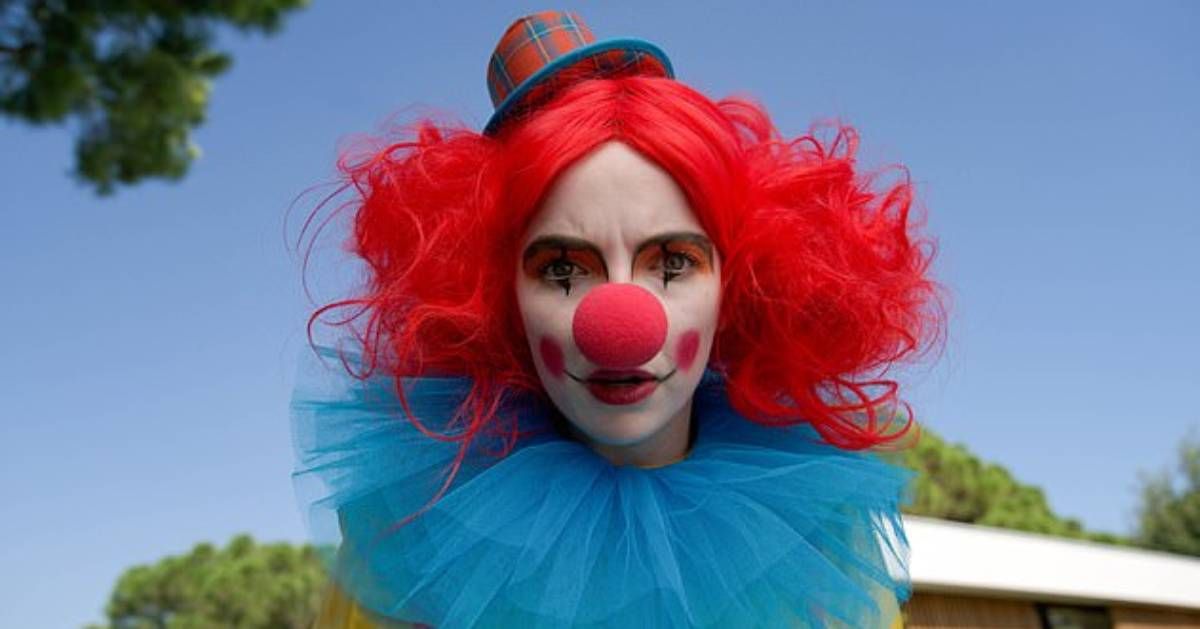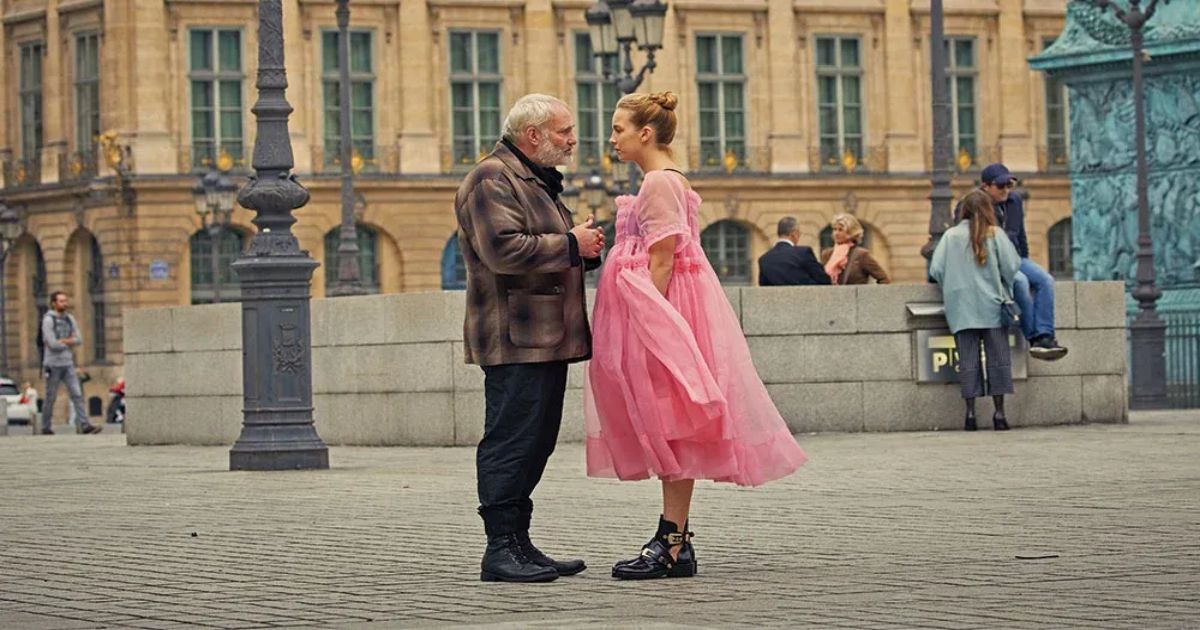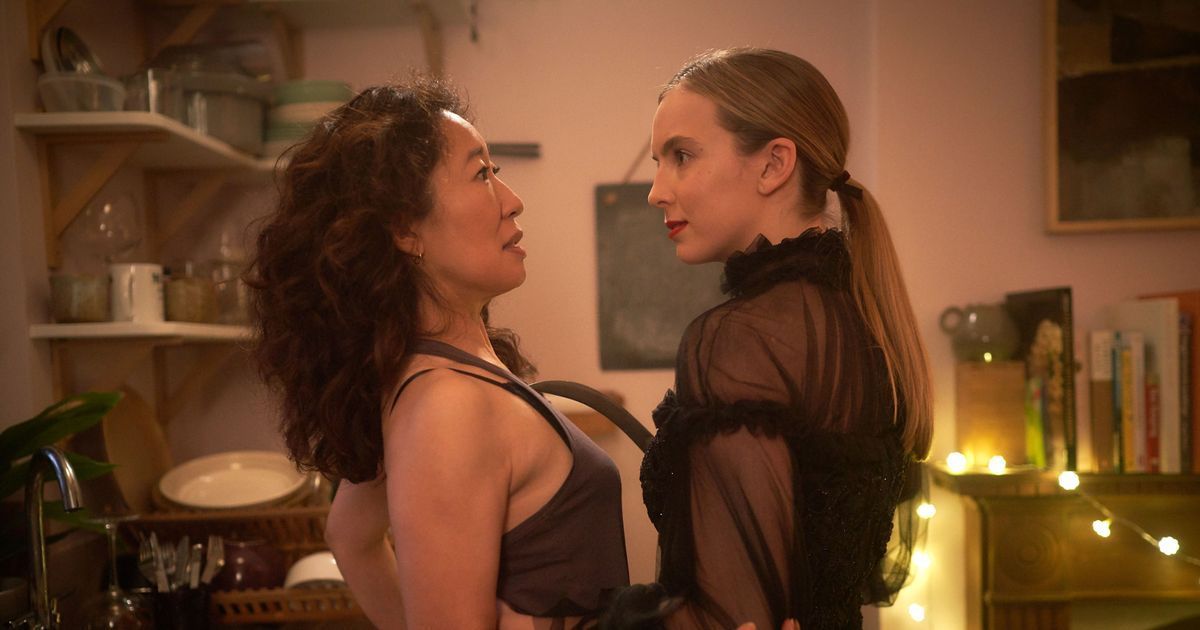Phoebe Waller-Bridge's exhilarating thriller-drama television show Killing Eve found instant success among viewers and critics alike. BBC America's award-winning series features Sandra Oh as Eve Polastri, an intense MI6 spy, and Jodie Comer as Villanelle, a psychopathic yet comically charming female assassin with a flair for the dramatic and expensive taste. Orchestrated by task force leader Carolyn Martens (Fiona Shaw), the two headstrong, intelligent women engage in an intense, high-stakes game of cat and mouse that leaves the audience on edge.
Captivating writing and dramatic action sequences aside, Killing Eve owes much of its success to its two strong female leads. Eve is a bored intelligence operative whose brilliance warrants a greater ambition to become a spy; she needs to be fully immersed in her work (to an arguably unhealthy extent). Eve's counterpart Villanelle is a fascinating character; not only does she distinguish herself as a female assassin and sociopath, but she provides comic relief with humorous expressions and blunt verbal quips.
After a series of interconnected events, she develops an unexpected equal obsession with the woman tasked with tracking her down. Through its engaging seasonal narrative format, complex female characters, and game-changing alternative approach to the hero-villain dynamic, Killing Eve succeeds in totally subverting the structure of a typical police procedural television series.
Killing Eve Rejects the Traditional Crime Series Formula
Unlike many familiar police procedural shows, Killing Eve is more fluid in terms of plot progression; the show focuses more on the big picture of the seasonal story arc. Other popular crime drama series tend to implement a more episodic structure. In detective shows such as Brooklyn Nine-Nine, Criminal Minds, and Law & Order: Special Victims Unit, each regular episode (outside of season finales and two-part specials) follows a consistent formula.
At the beginning of the episode, the detectives, or "good guys," receive information for a new case. The detectives then work together to analyze clues to eventually arrest the perpetrator, or "bad guy," by the end of the episode. There is almost always at least one twist or catch that naturally complicates the progression of the case, or the case may personally affect one of the main characters for added drama. However, the overall basic formula remains the same, as does the line between "good" and "bad."
Killing Eve presents an exciting departure from this formula in a number of ways. There is a seasonal storyline that paves the way for each individual episode to contain exciting cliffhangers, shocking death scenes, complicating developments, and highly-anticipated encounters with Villanelle. Another notable change in the traditional formula is that the audience also gets to experience the villain's perspective. In other crime series, the bad guys are characterized by their crimes, whereas Killing Eve shares insight into Villanelle's motivators, thought process, and personality. This inclusive perspective both provides a layer of depth and gives viewers the opportunity to develop an attachment to her character.
Good and Bad Are Not so Black and White
Killing Eve also sets itself apart from the standard police procedural through a deep exploration of the moral gray area. Although Eve does have team members on her task force, her creeping obsession with catching Villanelle, which eventually evolves into an obsession with Villanelle herself, causes her to act as a free agent. Eve begins to behave recklessly and irrationally, and she often abandons protocol at the risk of her own life.
Throughout the series, her obsession is merely the catalyst that drives her inevitable undoing to reveal her true self. In each season, Eve's morally questionable decisions blur the lines of good and evil. In the aforementioned crime series, good and bad are one-dimensional, black-and-white concepts. By contrast, Eve's complexity, resolute free will, and consequent slow plunge into madness create an element of excitement that other police procedural shows simply lack.
Similarly, it would be irresponsible to write Villanelle off as a purely "evil" character. From the surface, she appears to be so. Not only is she a high-profile serial murderer, but she cannot feel sympathy for her victims. She is motivated by material wealth and the mere thrill of the art of assassination. The fact alone that she enjoys killing people should strip her of any audience sympathy, yet it does not. Based on author Luke Jennings' novella series of the same name, the Fleabag creator and actor Phoebe Waller-Bridge elegantly crafts a well-loved, cold-hearted killer.
Villanelle is charming, and at times even endearing. There are so many aspects of her character that contribute to her allure: her high intelligence, unwavering self-confidence, striking appearance, fabulous couture fashion sense, and sickly elaborate modus operandi. But she also possesses a goofy sense of humor defined by inappropriately-timed jokes, wild accents, and exaggerated facial expressions. Her idiosyncrasies humanize her. Unlike the archetypal perpetrators characteristic to shows like Dexter and The Mentalist, the audience is meant to fall a little in love with the villain — and feel only a little conflicted about it.
Villanelle and Eve's Killer Dynamic
Eve and Villanelle, the cat and mouse, respectively, have fostered a twisted yet compelling dynamic. Scenes between the two dominant characters are incredibly tense, as one is usually trying to kill the other, yet there is undeniable chemistry between them. Villanelle, who is depicted as a queer woman, often flirts with Eve and actively seeks excuses to make physical contact. Eve only reluctantly objects to these advances. The two of them are fully engaged in mutual, toxic obsession that builds overwhelming tension but deprives fans of any release. Frustrated LGBTQ fans in particular are highly invested in their complicated relationship, but will a cat and mouse ever achieve a healthy romantic relationship?
The complex attraction between the two deeply disturbed yet brilliant women establishes a relationship that rejects the traditional dynamic between the hero and villain in other police procedural shows. The unstable intensity between Eve and Villanelle is palpable, creating an intoxicating effect on not only the main characters, but with the audience as well. The long-awaited fourth season of Killing Eve is now available to watch on AMC+ streaming and the BBC network.



